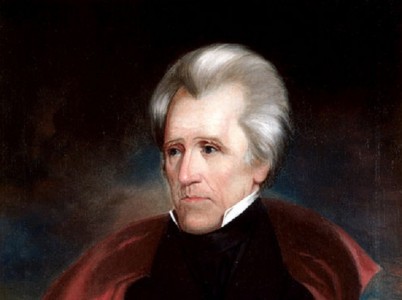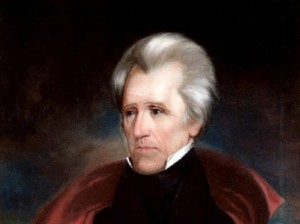
January 25, 2013 by
It’s not too soon to start talking about the next presidential inauguration in 2017, and why the historical re-election trends favor the Republicans.

Maybe Hillary Clinton, the current very-early front-runner for the Democratic nomination, can break the struggles that Democrats have had trying to win a presidential election after its candidate (or his legal successor) won two prior elections.
That’s only happened twice since 1828 for the Democrats, when the modern two-party era started in earnest. In 1836, the Democratic Vice President Martin Van Buren succeeded Andrew Jackson by defeating four Whig candidates, while President Franklin D. Roosevelt succeeded himself in 1940 by running for an unprecedented third term.
The Democrats have failed in four of their last five attempts to win three consecutive terms in office after taking two elections with the same candidate (or his legal successor), with just President Roosevelt winning in 1940 under very unusual circumstances.
The failed Democratic candidates include James Cox (1920), Adlai Stevenson (1952), Hubert Humphrey (1968), and Al Gore (2000). That puts the batting average for the Democrats at .333.
The Republicans have fared better than their opponents when it comes to extending control over the presidency after the same president (or his legal successor) won two straight elections.
Among the GOP candidates who were able to win that vital third election in a row for their party were Ulysses S. Grant (1868), Rutherford B. Hayes (1876), Theodore Roosevelt (1904), and George H.W. Bush (1988).
Republican candidates who lost in similar circumstances were Richard Nixon (1960), Gerald Ford (1976), and John McCain (2008).
Even with four defeats, the Republicans were batting .571 when it came to winning a third election, after the same president (or his legal successor) won two elections in a row.
But the more immediate trend is that in seven of the last nine elections, voters have decided to switch the party controlling the White House when a candidate (or his successor) had won two prior elections.
Part of the trend could date back to the FDR era, when Presidents Roosevelt and Truman, both Democrats, held office for a combined 20 years.
The 22nd Amendment, which limits a president to two terms or 10 years in office, came as a direct consequence to that era.
The distrust of people in power also dates back to the age of the American Revolution and the mistrust of hereditary rulers with no curbs on their powers.
The Republicans have controlled the White House for 20 consecutive years twice, but not since 1913, when President William Howard Taft left office.
If there was one period of pure political party domination, it was the first era of political parties before 1828. One party dominated the White House for 28 years, until President Jackson broke through with the newly created Democratic Party.
The Federalists and what historians now call the Democratic-Republican Party were rivals in 1796, when John Adams won the presidency over Thomas Jefferson. The Democratic-Republicans won the next five elections, and James Monroe ran mostly unopposed in 1820 for a sixth win. That led to a constitutional crisis in 1824, when four candidates from the same party ran against each other in a bitter race.
When Jackson lost the election in the House of Representatives to John Quincy Adams, our current two-party system was born as the future president broke away to form a new party. The Whig party appeared in the 1830s to battle the Democrats and was followed by the Republicans in the 1850s.
| Candidate | Years | Party | Successor |
| Jackson | 1828-1836 | Democrat | Democrat |
| Lincoln/Johnson | 1860-1868 | Republican | Republican |
| Grant | 1868-1876 | Republican | Republican |
| McKinley/Roosevelt | 1896-1904 | Republican | Republican |
| Wilson | 1912-1920 | Democrat | Republican |
| Roosevelt | 1932-1940 | Democrat | Democrat |
| Roosevelt/Truman | 1944-1952 | Democrat | Republican |
| Eisenhower | 1952-1960 | Republican | Democrat |
| Kennedy/Johnson | 1960-1968 | Democrat | Republican |
| Nixon/Ford | 1968-1976 | Republican | Democrat |
| Reagan | 1980-1988 | Republican | Republican |
| Clinton | 1992-2000 | Democrat | Republican |
| G.W. Bush | 2000-2008 | Republican | Democrat |


























